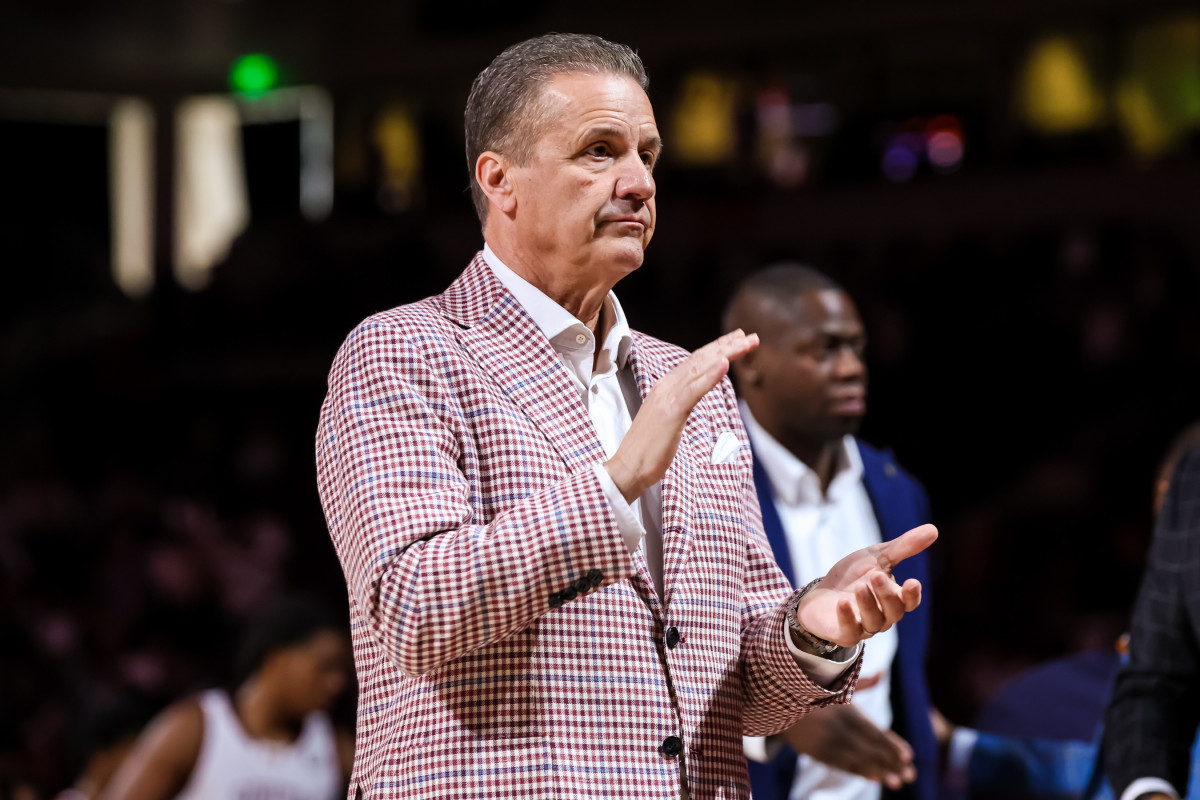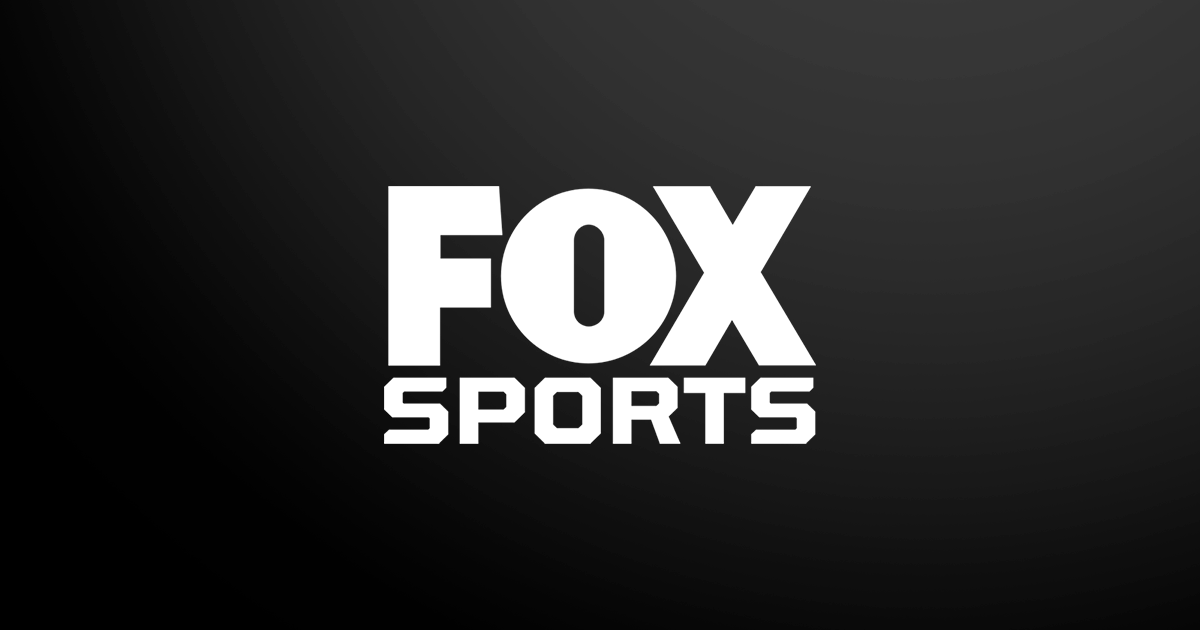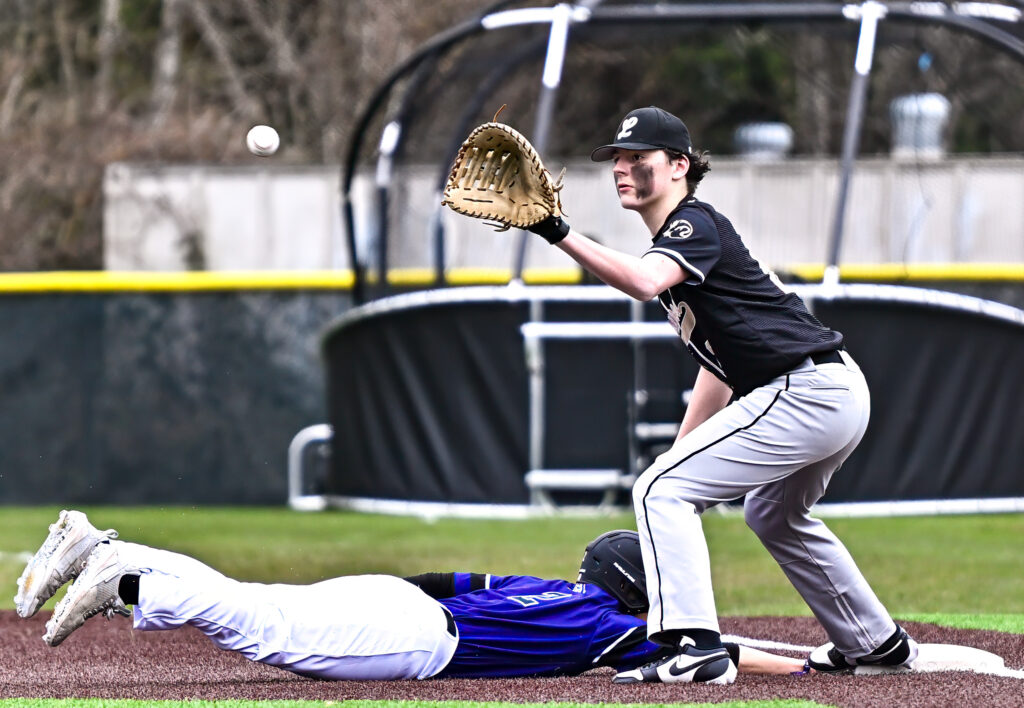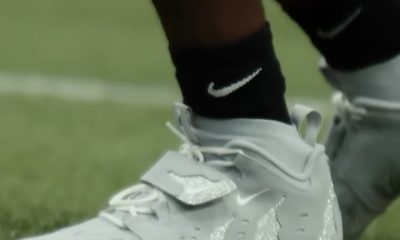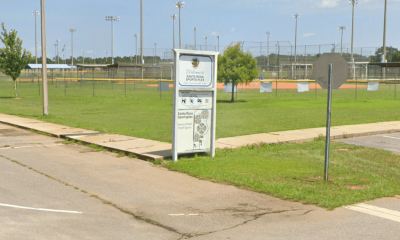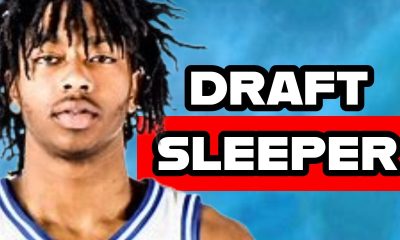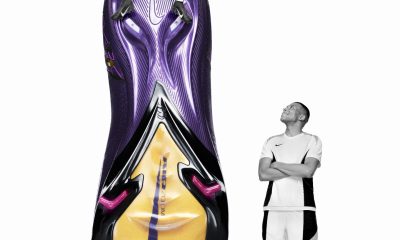Associated Press
AMELIA ISLAND, Fla. (AP) — The Atlantic Coast Conference is entering a period of stability.
How long it lasts is anyone’s guess. Not even commissioner Jim Phillips knows for sure.
“I still live one day at a time,” Phillips quipped.
The ACC wrapped up its spring meetings Wednesday at the Ritz-Carlton in Amelia Island, with athletic directors and coaches having spent three days discussing wide-ranging issues affecting football and basketball.
The event came amid the backdrop of the pending $2.8 billion NCAA settlement, which would allow schools to share up to $20.5 million annually directly with their athletes.
The ACC spent the past two years tracking that legal battle while also wading through contentious litigation from two of its top member schools, Clemson and Florida State.
The Tigers and Seminoles approved a settlement in March that changed the league’s revenue-distribution model to benefit schools with marquee football brands. Both would presumably fall into that category.
Although the 2030-31 season looms as a potential spot for more changes to the college football landscape, the revised deal should fortify a league that looked to be on the verge of collapse while falling further behind the Southeastern Conference and the Big Ten.
“I just think you got to settle down,” Phillips said, noting he envisions four or five years of stability ahead. “And I think college athletics needs it to settle down, not just the ACC. I think we’ve positioned ourselves for that, and that’s a good thing. It just is.
“Chaos and the constant wondering of what’s happening here or there, I just think that distracts from the business at hand. But I feel good about where we’re at.”
The league’s revised revenue-distribution model incorporates TV viewership as a way for the league’s top programs to generate more money.
Florida State, for example, expects roughly $18 million extra annually from the tweaked structure. Those schools outside the top tier could see a decline of about $7 million a year.
“We’re really excited that this is now put behind us,” FSU athletic director Michael Alford said. “We have a path going forward. We have a path to really look at how we control the conference together, how we expand on the great brands that are in this conference and really promote the ACC and especially ACC football moving forward and give it its day in the sun.”
Presidential help ahead?
Even though ACC schools are bracing for the NCAA settlement and how it will change their business model, Phillips believes President Donald Trump’s proposed commission on collegiate athletics could help.
“We have not been able to get this thing into the end zone, so to speak,” Phillips said. “If the President feels that a commission could potentially help, I’m all for it.”
The proposed commission would be co-chaired by former Alabama coach Nick Saban and current Texas Tech board of regents chairman Cody Campbell.
“I think it’s well-intended,” Phillips said. “I do feel that the time is right based on all the work that’s previously been done and a supportive administration that’s in there. So I’m hopeful that that can be a positive to an end result that gets us a standardized law across the country with NIL.”
NCAA president Charlie Baker spoke at the ACC meetings Monday and said he was “up for anything” if it helped formalize NIL laws that differ from state to state.
“I think it speaks to the fact that everybody is paying a lot of attention right now to what’s going on in college sports,” Baker said. “I’m up for anything that can help us get somewhere.”
Future of the CFP
While power four conferences — the ACC, the Big Ten, Big 12 and the SEC — continue to negotiate the future of the College Football Playoff beginning in 2026, Phillips declined to reveal specifics regarding the league’s stance on automatic qualifiers.
“I remain steadfast about fairness in the system and access,” he said. “Out of respect for my colleagues, I want to hold off on commenting about AQs and specific models.”
The 16-team playoff model that has been widely discussed would grant four automatic berths to the Big Ten, four to the SEC, two to the ACC and two to the Big 12. That would leave four bids, with as many as three of those going to at-large teams and the other to the highest-ranked team from the Group of Six.
The ACC, according to several coaches, wants three guaranteed spots.
“You start to wonder if we are going to have an invitational,” SMU coach Rhett Lashlee said. “Every year, one league may be better than the other, and it can change to some degree.
“To say we’re going to pick teams based on what’s happened the last 15 years, especially in an environment where we have more and more parity with the way the rules are, I think it’s a slippery slope.”
___
Get poll alerts and updates on the AP Top 25 throughout the season. Sign up here. AP college football: https://apnews.com/hub/ap-top-25-college-football-poll and https://apnews.com/hub/college-football

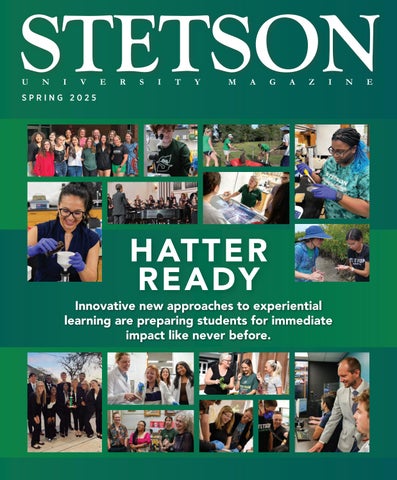



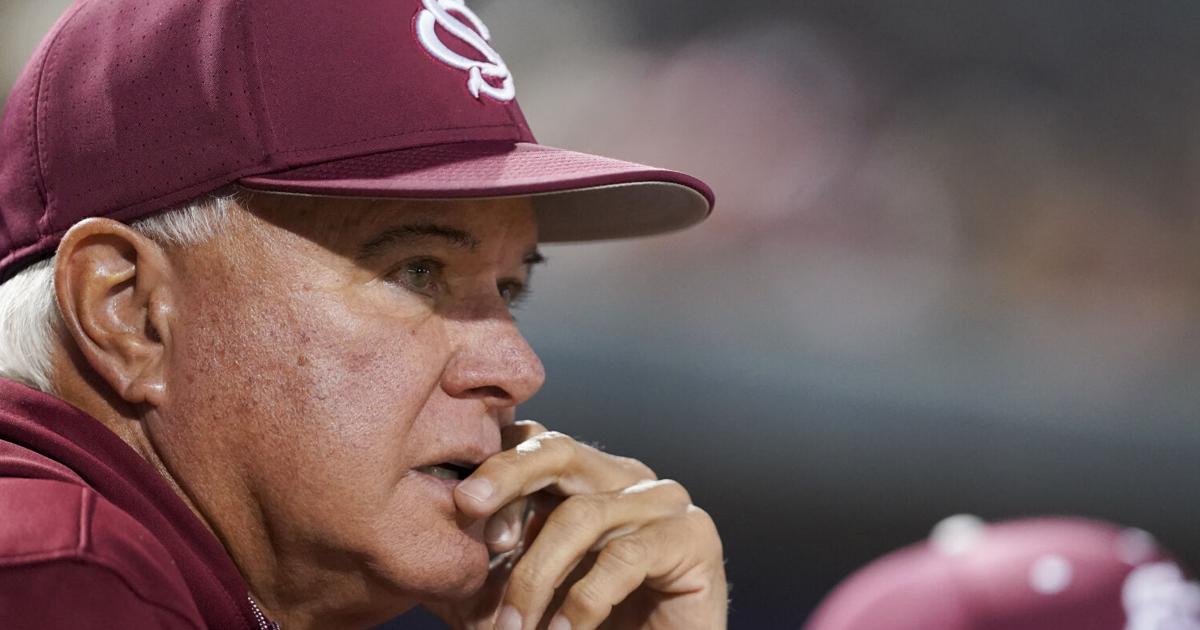
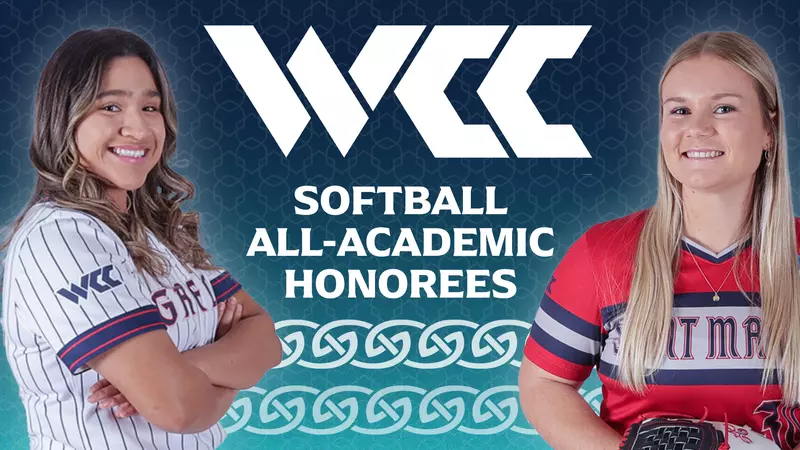
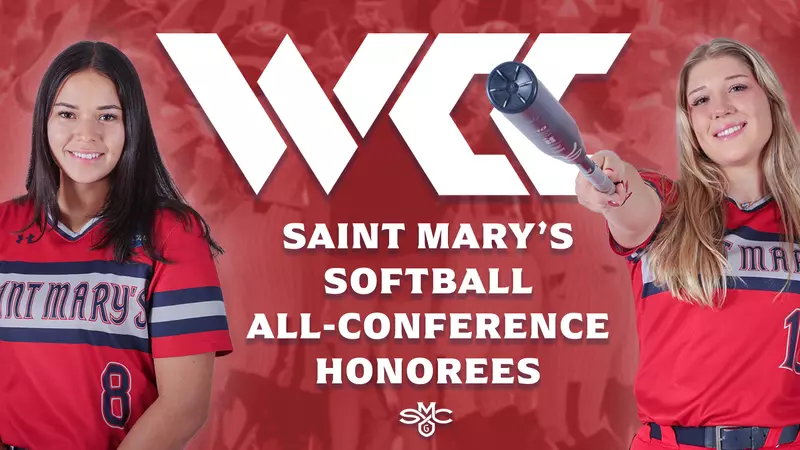

 With that hit, Buckley has now set the single-season RBI record as well (40)!
With that hit, Buckley has now set the single-season RBI record as well (40)!



